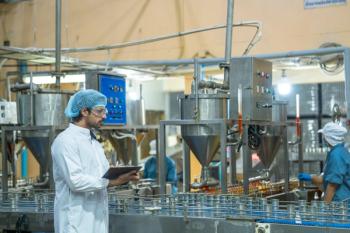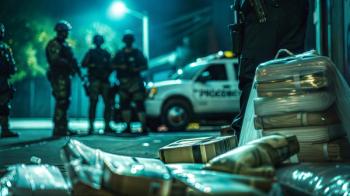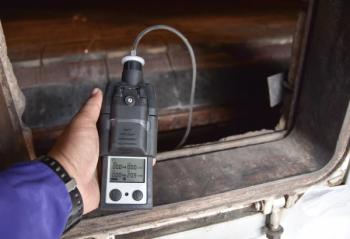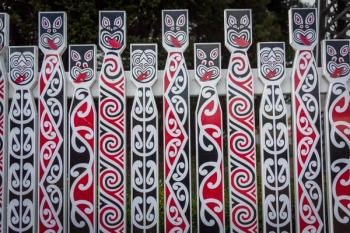
Eduardo Bolea-Fernandez to Receive Young Investigator Award in Plasma Spectrochemistry at the 2022 Winter Conference
Eduardo Bolea-Fernandez will receive the Young Investigator Award in Plasma Spectrochemistry on Tuesday, January 18 at the Winter Conference on Plasma Spectrochemistry in Tuscon, Arizona.
Eduardo Bolea-Fernandez will receive the Young Investigator Award in Plasma Spectrochemistry on Tuesday, January 18 at the Winter Conference on Plasma Spectrochemistry in Tuscon, Arizona. Bolea-Fernandez received his bachelor’s and master’s degrees from University of Zaragoza (Spain) and his PhD at Ghent University (Belgium) in 2017. He is a postdoctoral researcher in the Atomic and Mass Spectrometry (A&MS) research unit at Ghent University led by Prof. Frank Vanhaecke.
Bolea-Fernandez’s graduate work focused on the development of effective methodologies using the new ICP-MS/MS technology. He won the IUPAC-Solvay International Award for Young Chemists. Recently, he has focused on single-event ICP-MS for studying engineered nanoparticles, single cells, and microplastics. His publications include “Tracing Mercury Pollution along the Norwegian Coast via Elemental, Speciation, and Isotopic Analysis of Liver and Muscle Tissue of Deep-Water Marine Fish (Brosme brosme),” “On the effect of using collision/reaction cell (CRC) technology in single-particle ICP-mass spectrometry (SP-ICP-MS),” “Laser ablation-tandem ICP-mass spectrometry (LA-ICP-MS/MS) imaging of iron oxide nanoparticles in Ca-rich gelatin microspheres,” “Direct lead isotopic analysis of bioethanol by means of multi-collector ICP-mass spectrometry with a total consumption sample introduction system,” “Characterization of SiO2 nanoparticles by single particle-inductively coupled plasma-tandem mass spectrometry (SP-ICP-MS/MS),” and many others.
This award has been presented biennially since 2016. Past winners are:
- 2020 Prof. Gerardo Gamez of Texas Tech University
- 2018 Prof. Jorge Pisonero of the University of Oviedo
- 2016 Prof. Steven Ray of the State University of New York at Buffalo
The award is sponsored by Thermo Fisher Scientific, but winners are chosen by an independent scientific committee. The winner is awarded a sum of $5,000 USD, travel support to the conference, and meeting registration. More information about the awards is available on the Thermo Fisher Scientific
Newsletter
Get essential updates on the latest spectroscopy technologies, regulatory standards, and best practices—subscribe today to Spectroscopy.





